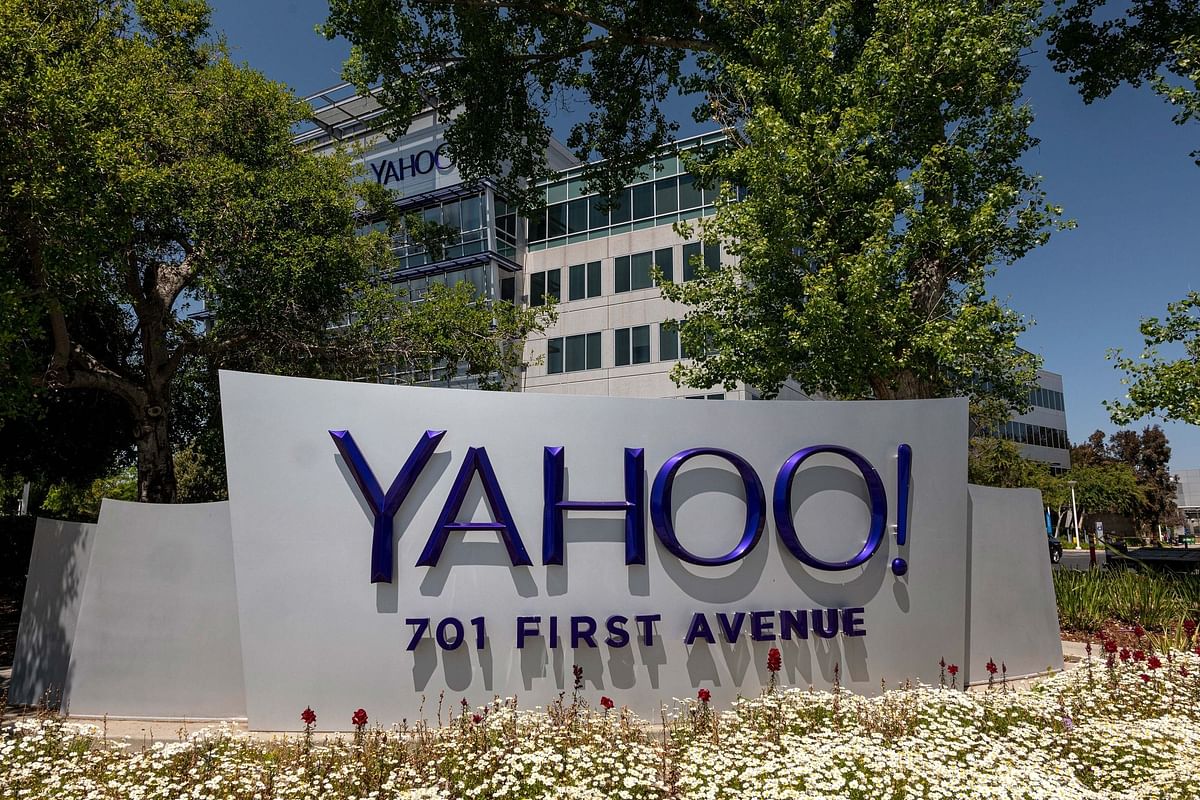Money Markets Pay 4.5%. If You’re Getting Less on a Sweep Account, It’s Time for ‘Cash Sorting.’
[ad_1]
“Schwab cash solutions fall under two categories,” says the company’s website. They sure do. Here are some questions that can help determine which is right for you: Do you like money? Do you prefer good things to things that are dissatisfying?
If you had to choose between, say, apple pie and being splashed head-to-toe by a roadside slush puddle, are you the kind of person who’d take the pie?
If you answered no to any of these questions, the standard bank sweep might be a good fit. It recently paid 0.48%. Others should probably consider what
Charles Schwab
(ticker: SCHW) calls “purchased money funds.” An ordinary one of those recently paid 4.47%. On a $50,000 balance, that’s an extra $2,000 a year.
A Schwab rep says its sweep accounts aren’t intended for investment cash, and that its rates are “up to 45 times higher” than what some banks pay on checking accounts. Indeed,
JPMorgan Chase
(JPM) and
Bank of America
(BAC) still offer accounts that pay 0.01%. If anything, the rep understated the case. Schwab offers a debit card with unlimited rebates of ATM fees and no foreign transaction fees—a solid value for traveling cash-flashers.
Also, it’s entirely normal for money-market funds to pay more than bank deposits. Bank accounts are FDIC insured, whereas money markets can dip in value. That has never happened at Schwab and has been exceptionally rare elsewhere, but even so, a bit more risk deserves slightly higher returns.
It’s just that the four-point difference in this case bears no relationship to the risk difference. It’s about as wide as the spread between yields on Treasuries and junk bonds. And it’s somewhat arbitrary. Money markets must stick to safe, short-term securities and pass the income on to shareholders, minus fees, which means yields are governed by market forces. Bank rates are whatever banks say they are.
Two years ago, when short-term interest rates were near zero, this produced an unusual effect. Money-market funds paid roughly nothing, while some banks that were eager for deposits offered 1% on “money market accounts”—those are bank accounts, despite the similar name. That meant savers could step up to higher yields while taking on less risk, which the Capital Asset Pricing Model states is like Bigfoot riding in on a unicorn and buying lunch (paraphrasing).
Of course, maximizing bank interest is a tedious affair involving screening for deals on sites like Bankrate and
NerdWallet
; paying careful attention to minimums, maximums, and fees; and regularly moving accounts. If you had enough cash two years ago to make the return for that meaningful, you might also have been too rich to make it worth the time and effort.
Now the natural order of things has been restored, and bank accounts are no longer the place to go for yield. But rates have gone up so quickly that savers might not realize how large the return for yield shopping has grown. The one-month Treasury yield has shot up from 0.04% two years ago to 4.66% this past week. Many banks and brokers are doing a dance called the Sweep Account Slow-Foot, raising payouts at a near imperceptible pace. If you’re getting less than 4% on anything more than spending money, you can do better.
Sweep policies vary widely. Fidelity says that its default option is Fidelity Government Money Market fund (SPAXX), which recently yielded 4.18%. But it also offers two other choices for its brokerage accounts: a Treasury money market, and something called FCASH, described as a taxable interest-bearing cash option.
I can only assume F stands for forgotten, because the yield was recently just 2.32%, and benefits don’t leap from the small print. There’s no FDIC insurance. Instead, there’s SIPC coverage, which protects investors against account assets going missing, not declining in value. FCASH counts as cash, for which the SIPC limit is $100,000. A money market counts as securities and gets a $500,000 limit. The safety difference in this case is minimal. The yield difference is not.
Vanguard takes a refreshingly old-fashioned approach to cash balances, for now. It sweeps them into money markets; a flagship one recently paid 4.49%. But the company is testing FDIC-insured sweep accounts that pay less, with plans to introduce them more broadly next month.
There’s a stock connection here. Last month, BofA Securities double-downgraded Schwab shares to Underperform, citing the risk of “cash sorting.” That’s what Schwab calls customers leaving low-interest deposits for more competitive rates. I think of sorting more as something done in the laundry to make sure undershirts don’t turn pink, but whatever. Money leaving low-interest sweep funds, even if it’s headed to Schwab’s own money-market funds, could obviously cut into profits.
I’m not sure that’s a ding on the stock. “We’ve entered what we believe is the later innings of the client cash-sorting cycle,” said Schwab Chief Financial Officer Peter Crawford at an investor meeting about a week after the BofA downgrade. He says Schwab has studied the relationship between cash balances and rates across client cohorts and account sizes, and found what he calls an equilibrium level of “transactional cash” held for liquidity. He predicts the sorting will slow this year and be overtaken by inflows and deposit growth. Schwab reports first-quarter results in mid-April.
Long term, higher rates are good for banks and asset managers. Schwab scores well on customer satisfaction and has brought in impressive sums—it’s a much bigger asset manager than
Morgan Stanley
,
BofA, or J.P. Morgan. Shares are off a few percent this year, versus a 6% rise for the S&P 500. They go for 18 times earnings, on par with the index, but earnings growth is faster, at 14% this year, 23% next year.
We’ll see whether cash sorting weighs on the stock in coming quarters. But the fact that there’s even a debate over how eager customers are to choose 4.5% over 0.5% probably says something bullish about Schwab’s ability to prosper through whatever rates do next.
email: [email protected]
[ad_2]
Source link


